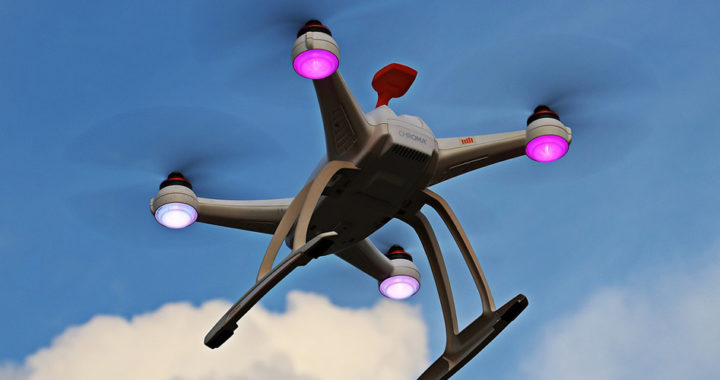A drone or an unmanned aerial vehicle is a small aircraft operated without a human pilot aboard and instead, through a ground-based controller via a remote and wireless communication system. Nevertheless, originally developed for the military, drones have also been used for commercial and industrial purposes.
The Military, Commercial, and Industrial Applications of Drones
Drones in Military Operations
The military applications of drones or UAVs are manifold. There are specific types of drones designed for scouting purposes. Attached with a digital camera and other sensors, these unmanned aircraft are used explicitly for surveying a territory, collecting geospatial intelligence, monitoring ground activities from the air, providing visual assistance to ground troops, and cost-effective delivery of military supplies and humanitarian aid.
Of course, there are drones designed for actual warfare. Also known as unmanned combat aerial vehicle or UCAV, they carry aircraft ordnances to perform drone strikes or deliver a payload. The fact that combat drones do not need human pilots onboard means that they are lighter and less costly than combat aircraft. Their application in the military also reduces causalities from accidents and encounters during combat.
Supporting Commercial Activities
Drones also have non-military applications that can support and improve certain commercial activities. Filmmaking is a prime example. Before, aerial shots required expensive helicopters or cranes that are only available to large production companies. Small production houses and amateur filmmakers are now able to film intricate aerial shots through drone technology. Note that the 2015 science fiction film Chappie directed by South African Neil Blomkamp used drones to shoot several action scenes.
Another example is the use of UAVs to deliver packages and messages. The advantage of using delivery drones centers on efficiency. Unlike traditional couriers, these vehicles do not have to traverse through road traffic. They are also cleaner because they do not emit carbon dioxide in the air, unlike motorbikes and automotive vehicles. However, there are concerns over aerial accidents due to an increase in air traffic, possibility of theft, and elimination of traditional courier jobs.
More Specific Industrial Applications
Below are more specific commercial and industrial applications of unmanned aerial vehicles:
• Agriculture: UAVs can cover large areas and perform tasks efficiently minus the need for heavy machinery and a higher degree of human involvement. Specific uses include surveying fields and generating images, examining the health of crop plants, and airborne dissemination of pesticides and fertilizers.
• Mining: Geologists and mining engineers are now using unmanned aircraft to reach and survey uncharted areas, collect geographic data, analyze the geophysical characteristics of a target area through the use of attached sensors, and collect ore or rock samples on site for evaluation.
• Telecommunication: Note that UAVs can be deployed to assess damages to telecommunication towers and other network facilities quickly. In addition, there are ongoing tests to use drones to improve the wireless transmission of data. The idea centers on attaching radio equipment to these vehicles to expand network coverage and link areas with existing communication facilities.
• Scientific Research: Drones have been used to observe dangerous and natural phenomenon such as storms and volcanic eruptions or active volcanoes, as well as collect atmospheric data for weather forecasting. Unmanned aircraft have also been used in the conservation of endangered species, especially by tagging target animals, collecting samples, observing their patterns of migration, and policing protected areas.
• Government Services: Several agencies responsible for providing humanitarian aid and response during an emergency or disaster are now using UAVs for the surveillance of affected areas, assessment of damages, location and identification of victims, and delivery of relief goods and items such as food and medicine.
